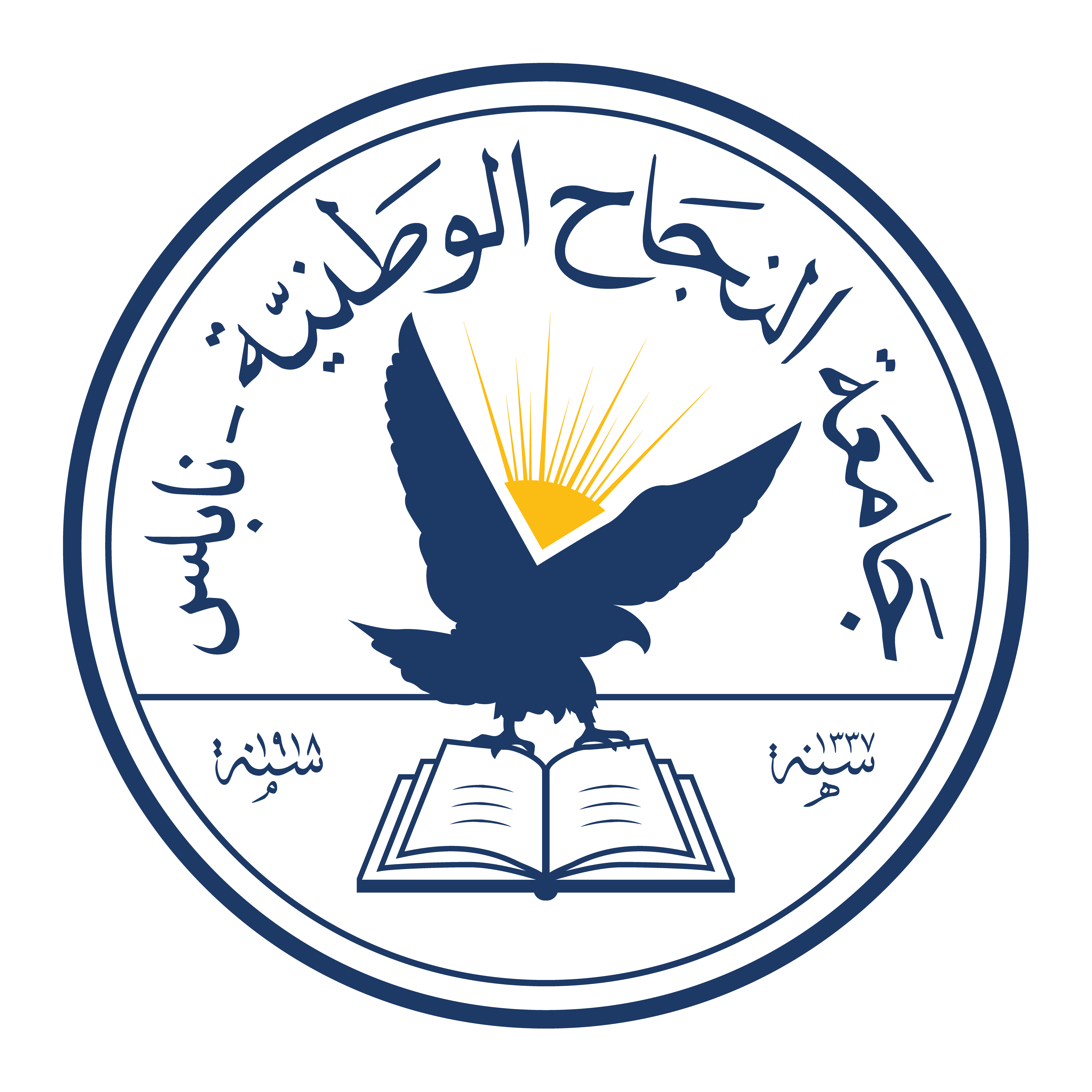
DOI
10.35552/0247.38.10.2284
Abstract
Objective: In this particular research, the primary aim is to analyze the impact and the role of employing virtual reality (VR) technology in enhancing the performance of 11th-grade students in vocational institutions in Palestine. More specifically, this study seeks to address some factors which include; ease of use, perceived usefulness, and VR characteristics based on the Technology Acceptance Model approach. Methods: Using fifty students, this research has taken place in Hebron Industrial High School and Hebron Evening High School. These participants have been engaged in practical VR lessons on their mobile phones. Taking their performance into account, the PLS-SEM methodology was used to examine the relationships between the examined characteristics and students’ motivation. A conceptual model has been constructed to show this relationship. Results: Students’ VR motivation levels had a fairly strong positive relationship with the use of VR techniques. The relationship between perceived usefulness and the VR features used in the instructional approach greatly influenced the student’s motivation. It was however noted that ease of use did not have a direct influence on motivation. It would therefore appear that it is the interaction and engrossing elements of VR that are more effective in student motivation. Recommendations: As the study highlights the potential of using VR as a powerful tool in vocational education, it recommends integrating VR technology into vocational education curricula to enhance students’ motivation and better connect classroom learning with real-world applications, thereby preparing students more effectively for the contemporary job market.
Recommended Citation
Abushamseieh, Loay L. and Mousa, Allam
(2024)
"Assessing the Impact of Accepting Virtual Reality Technology and its Impact on Motivation in Vocational Schools in Palestine,"
An-Najah University Journal for Research - B (Humanities): Vol. 38:
Iss.
10, Article 4.
DOI: 10.35552/0247.38.10.2284
Available at:
https://digitalcommons.aaru.edu.jo/anujr_b/vol38/iss10/4

